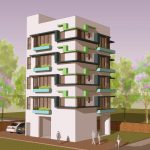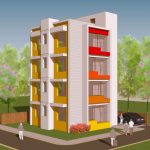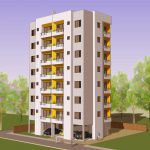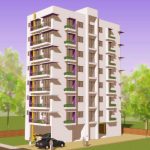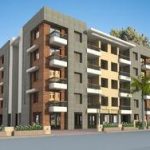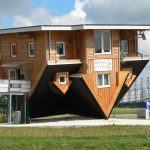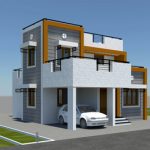As an Amazon Associate I earn from qualifying purchases.
Innovative Approaches to Building Design
When it comes to designing buildings, architects are constantly pushing the boundaries of what is possible. With advancements in technology and materials, there are a plethora of innovative approaches to building design that are reshaping the way we think about architecture. From sustainable practices to groundbreaking structural designs, here are some of the most cutting-edge approaches in building design today.
1. Sustainable Design: One of the most important trends in building design is a focus on sustainability. Architects are now incorporating eco-friendly materials, energy-efficient systems, and green practices into their designs to reduce the environmental impact of buildings. From green roofs to solar panels, sustainable design is becoming increasingly popular as society becomes more aware of the importance of preserving our planet.
2. Parametric Design: Parametric design is a process that uses algorithms to generate complex geometric shapes and patterns. This approach allows architects to create unique and innovative designs that are both visually stunning and structurally sound. By using parametric modeling software, architects can explore a wide range of design possibilities and create buildings that are truly one-of-a-kind.
3. Biophilic Design: Biophilic design is a concept that seeks to reconnect building occupants with nature by incorporating natural elements into the design of buildings. This approach has been shown to improve the health and well-being of people who live and work in these spaces. From living walls to natural light, biophilic design is a growing trend in building design that is enhancing the quality of life for building occupants.
4. Modular Construction: Modular construction is a method of building in which individual modules are constructed off-site in a factory and then assembled on-site to create a complete building. This approach has many advantages, including shorter construction times, reduced waste, and increased flexibility in design. Modular construction is revolutionizing the way buildings are constructed and allowing architects to create buildings that are both efficient and aesthetically pleasing.
5. Adaptive Reuse: Adaptive reuse is the practice of repurposing existing buildings for new uses. This approach not only helps to preserve historic buildings but also reduces the environmental impact of new construction. By creatively transforming old warehouses, factories, and even churches into modern living and working spaces, architects are breathing new life into urban areas and creating vibrant, sustainable communities.
In conclusion, the field of building design is constantly evolving, with architects pushing the boundaries of what is possible in terms of sustainability, technology, and creativity. By embracing innovative approaches to building design, architects are not only creating beautiful and functional spaces but also shaping the future of architecture for generations to come.
Amazon and the Amazon logo are trademarks of Amazon.com, Inc, or its affiliates.
 yonohomedesign.com Garden and Interior Design Ideas
yonohomedesign.com Garden and Interior Design Ideas
